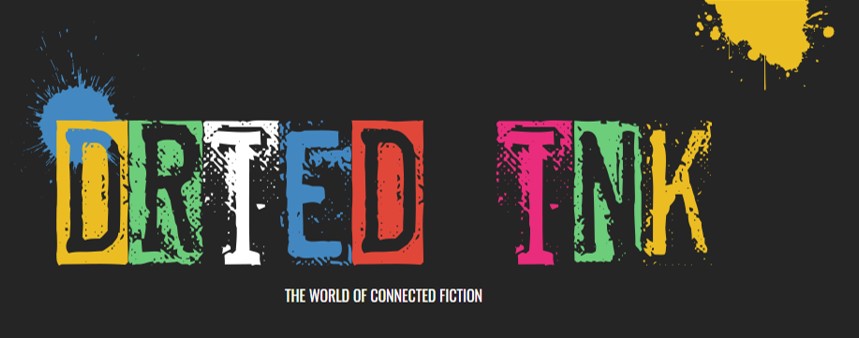We had the pleasure of reading Women in Black, a new book by IC Blackman. This book was an insightful, emotional and thought-provoking journey of the intergenerational trauma caused by slavery.
An Overview of Women in Black
Women in Black consists of a collection of short stories connected by family (the Nesbitts and the Tibbins), a much-loved brand of chocolate (Nesbitt’s Chocolate), delicious sweet potato pone and an old colonial home (Halycon’s Crest). This connection was a nice surprise, one we weren’t expecting at all, but really liked as it brought some intrigue to the stories. So much so that once we noticed these links, we stopped and re-read a few chapters to make sure we understood the various different connections that explored the experience of several generations of a family.
The book starts with ‘The Baying of the Bloodhounds’ which is set in Trinidad in the late 1700s and follows the story of Ezra Tibbins, a runaway slave making her way to freedom while being pursued by her owner’s bloodhounds. As Ezra tries to make her way to freedom we’re swept along her emotional journey of strength, hard decisions and her commitment to finding freedom on her own terms.
From there we move on to ‘Bridal Shop’ which takes us forward in time to Trinidad in the 1950s/60s. Here we are met with Chief Bridal Shop Assistant Pamela Tibbins and read about her humble beginnings, hunger for the good life, grand ambitions and explore how she navigates her life. Will she break free or succumb to the challenges of her lot in life?
In ‘Bitter Dark Chocolate’ we’re transported to Trinidad in the 1990s and join widowed, retired nurse Selma Nesbitt-Payne who makes her regular visits to Ward 504 to visit its patients. This story isn’t what is seems and is best described by the author herself:
“This story takes us into the world of a retired psychiatry Sister who once worked on Ward 504. It uses surrealism to explore the unappreciated outcomes of unchecked privilege: guilt, suspicion and ultimately a tortured existence, despite the best intentions and material comforts.”
From here we are introduced to the mother and daughter calypso duo, Big Titi and Little Dee, in ‘Big Titi and Little Dee’s Grand Piano.’ Here we meet two generations of the Tibbins family, whose poverty and what appears to be the Tibbins curse leads them to a turbulent life. Sadly, despite all the talent and potential in the world, they too are unable to break free of the intergenerational trauma inflicted on their family.
Then we get to the final story in Women in Black, ‘Housewife – The Five Acts of Elspeth Sweetening.’ Will there be redemption for this troubled family, will they finally break free from intergenerational trauma. We’ll let you find out 😉
Our Thoughts on Women in Black
This was an emotional and, at times, difficult read providing insight into the intergenerational trauma caused by slavery. A trauma that has not been sufficiently addressed.
As we read this book, we were reminded of Dr Joy DeGruy’s Post Traumatic Slave Syndrome (PTSS) theory, a topic that we were introduced to many years ago.
IC Blackman very emotionally and poetically gives an illustration of Dr DeGruy’s theory of how: “Slavery produced centuries of physical, psychological and spiritual injury” and highlights the importance of understanding PTSS and the themes raised in IC Blackman’s book so that we can lay: “the groundwork for understanding how the past has influenced the present, and open up the discussion of how we can use the strengths we have gained to heal.” (Dr DeGruy).
This is a good read, that challenges us in many ways, both in the subject matter and in the way it is written – this is a complex and deep writer who uses satire, dark humour, magic realism, surrealism , Trinidadian folklore and an advanced writing style, so you do have to engage your brain from the very beginning. Once you do, you’re in for an interesting literary experience.
More Information
To find out more about Women In Black you can visit Amazon or IC Blackman’s website, and you can follow IC Blackman on Twitter .
Additionally, you can check out other books we’ve read here.












